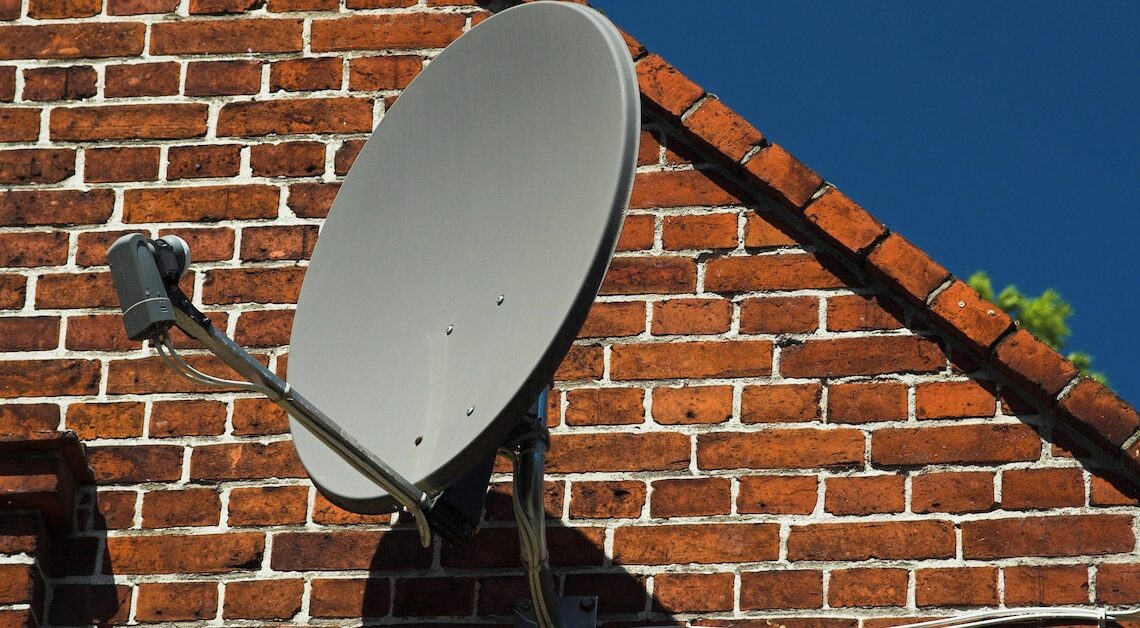
A correctly aligned satellite dish is crucial for a stable TV signal. Even small deviations can lead to image distortion or signal loss.
Align satellite dish: optimize signal
To get the strongest signal, you need to precisely align the satellite dish. The key is accurate positioning, based on the correct coordinates and a clear line of sight to the satellite.
- Determine satellite position: You need to know the exact coordinates of the satellite you want to target (e.g. Astra or Hotbird in Europe). To do this, use a satellite finder or online services such as Dishpointer. These tools provide you with the exact azimuth and elevation angles needed for your location. Azimuth indicates horizontal orientation, while elevation describes vertical inclination. These two values are crucial for success.
- Ensure a clear view: Make sure there are no obstacles such as trees or buildings between the dish and the satellite. Even rain or snow on the surface of the bowl can disrupt reception, which is why it is important to clean the bowl regularly.
- Align the bowl in small steps: Once you know the position, start aligning. Rely on subtle movements, because even minimal deviations can affect the signal. Move the dish horizontally (azimuth) and then vertically (elevation) millimeter by millimeter until the signal is optimal. Modern TV sets that offer a signal strength display in the settings can also help.
Fine adjustment for long-term stable signal
After the rough alignment, the fine adjustment follows. Patience is required here, as these steps are crucial for stable signal quality.
- Use satellite finder: A satellite finder is a helpful tool that displays signal strength during adjustment. Turn the bowl a millimeter at a time and keep an eye on the indicator. When the signal is optimal, temporarily fix the dish to test the signal. Modern receivers or special apps also offer such functions.
- Align LNB correctly: In addition to the dish itself, the LNB (Low Noise Block Converter) is also crucial. The LNB receives the signal and must be at the correct angle. Rotate it slightly in different directions to get the best signal strength. Here too, small movements are the key to success.
- Check signal quality: Use not only the signal strength as a criterion, but also the signal quality. This is displayed on modern receivers and provides information about how stable the reception is. A strong signal alone does not always guarantee the best image quality. Therefore, make sure that both values, strength and quality, are in the optimal range.
